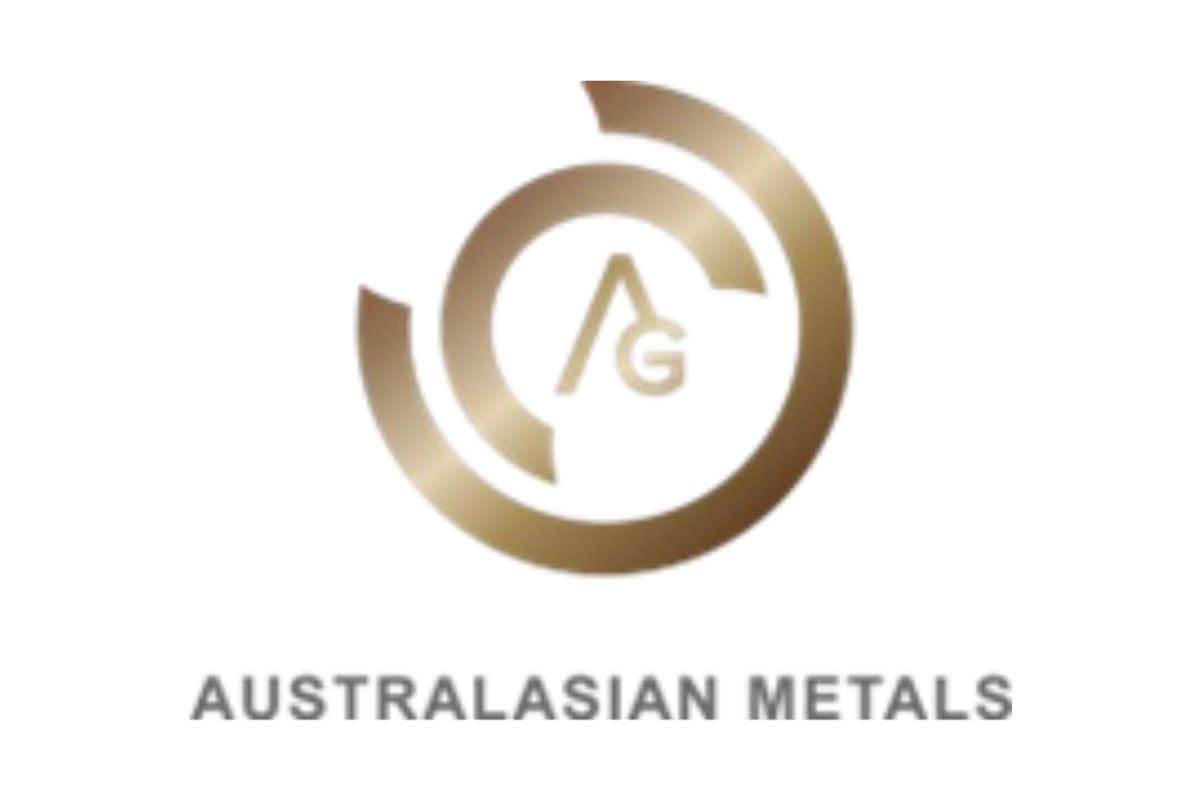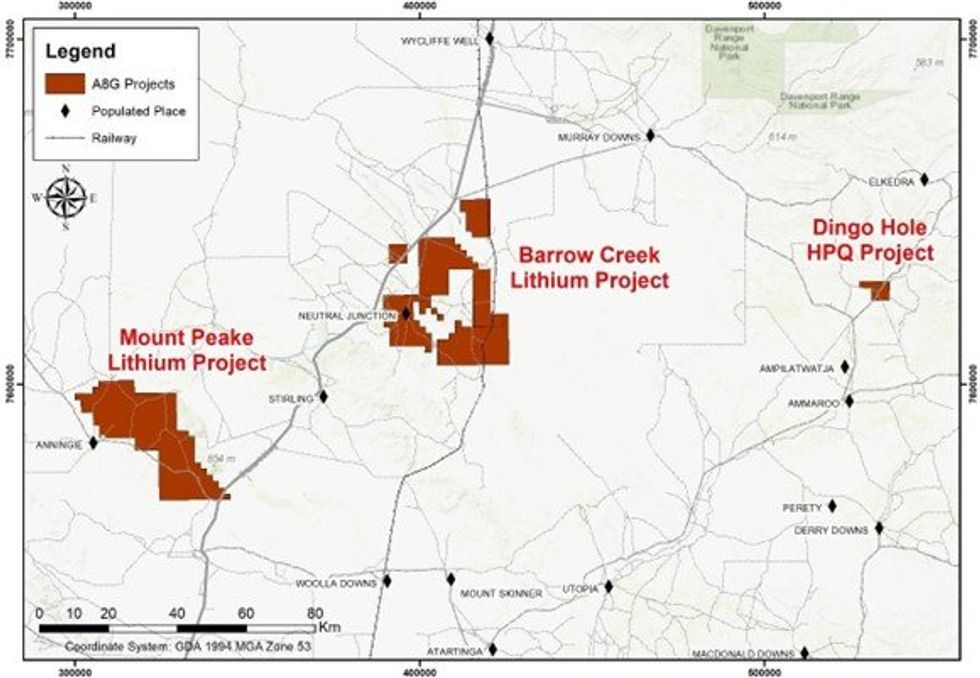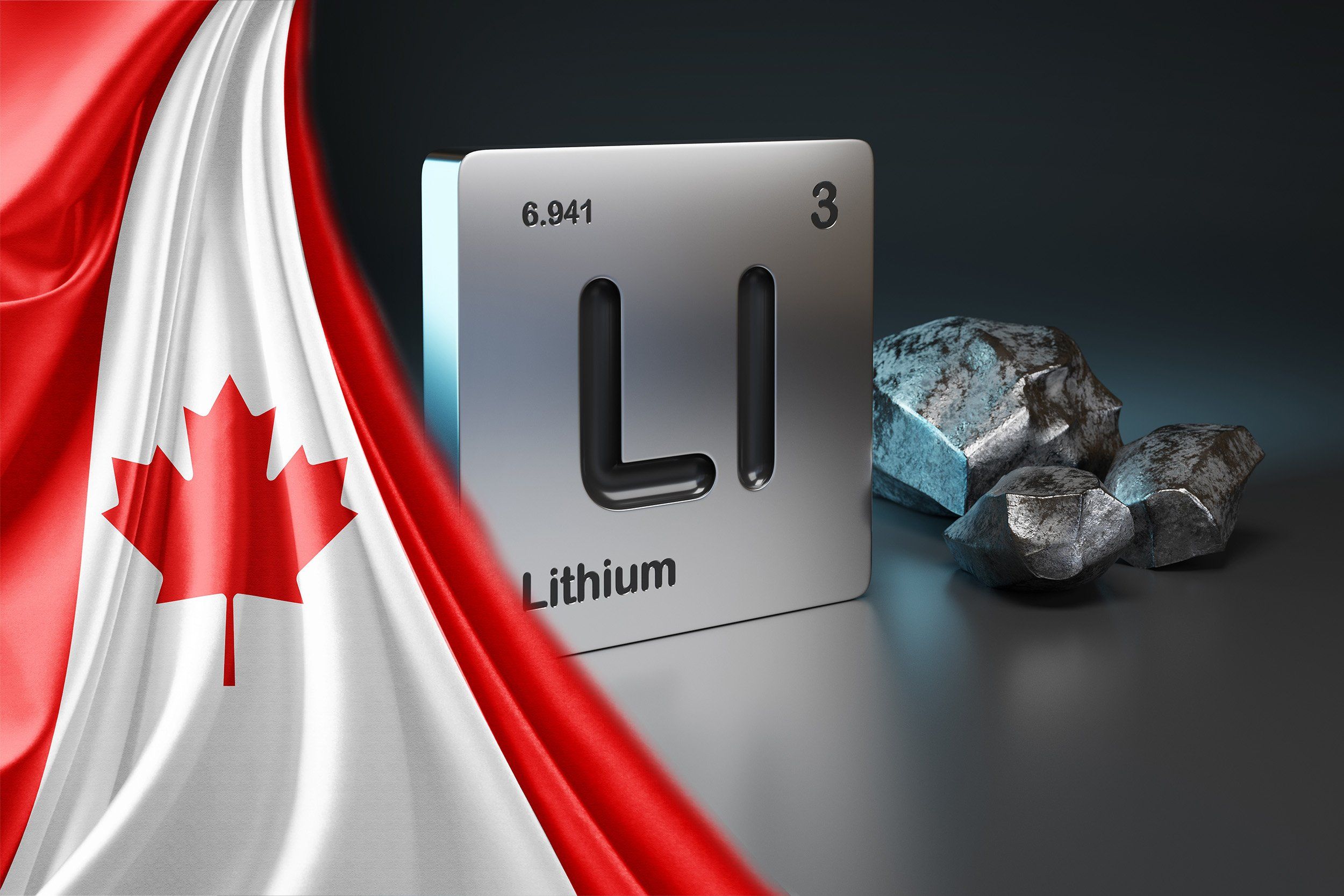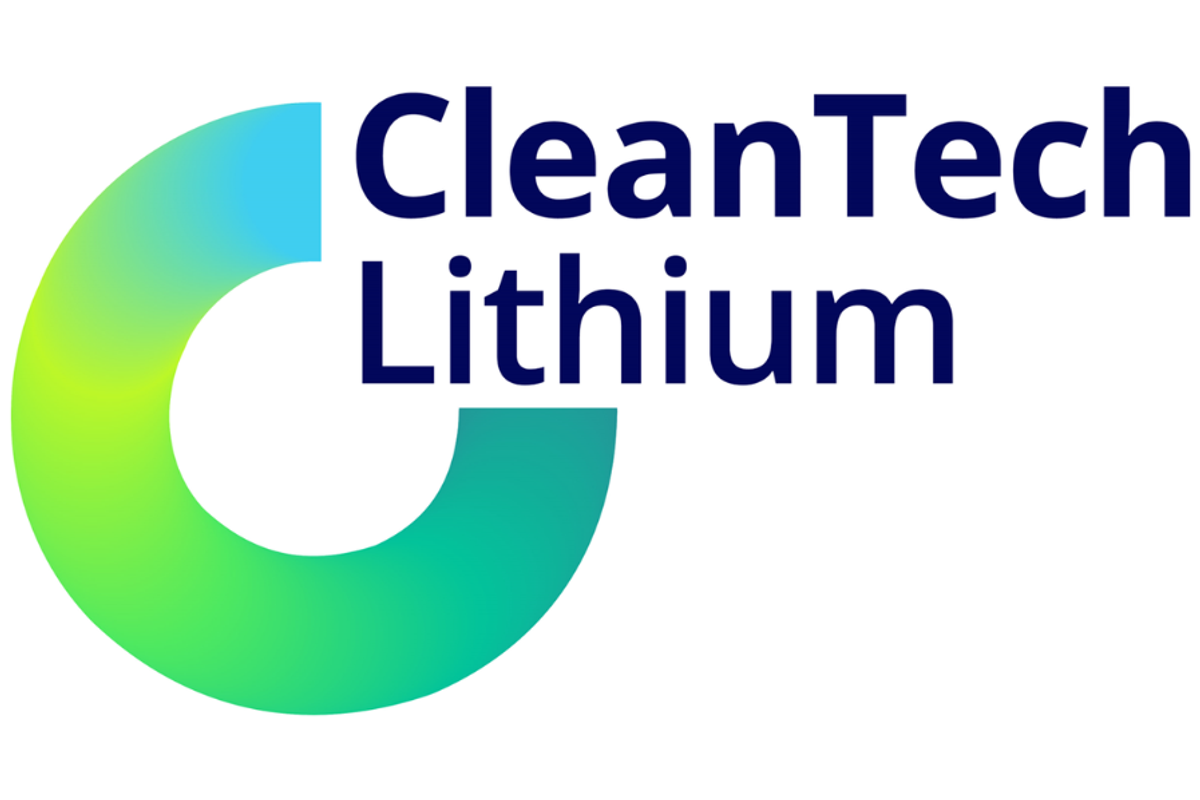
- NORTH AMERICA EDITIONAustraliaNorth AmericaWorld
May 26, 2024
Australasian Metals Limited (ASX: A8G, Australasian or the Company) is pleased to advise that the Company has entered into an Option Agreement with Verdant Minerals Limited regarding the Dingo Hole High Pure Quartz Project (EL31078) (Dingo Hole HPQ Project). The acquisition of the highly prospective project will provide Australasian with exposure to the rapidly growing High Pure Quartz (HPQ) sector.
Highlights
- Australasian has signed an option to acquire the Dingo Hole High-Purity Quartz project in the Northern Territory
- High Pure Quartz (HPQ) is defined relative to the IOTA® standard and is a key strategic raw material for global semiconductor and electronics industries
- HPQ resources that can be processed to meet the IOTA® standard are rare globally and growth in AI technologies is resulting in surging demand
Dingo Hole High Pure Quartz Project Highlights:
- Significant outcropping silica mineralisation across the project area with good road access
- Historical geochemical data indicate over 30 surface samples contain greater than 99.94% SiO2 with only minimal sample preparation prior to assay1
- 9 historical samples potentially meet IOTA standard with deleterious elements such as aluminium (Al) below 10 ppm and titanium (Ti) and lithium (Li) below 1 ppm
Dingo Hole High Pure Quartz Project
The Dingo Hole HPQ Project (EL31078) is located in the Georgina Basin, approximately 300km southeast of Tennant Creek (Figure 1). The project covers 35.16km2 and was subject to limited exploration by Rum Jungle Resources Limited (Rum Jungle, renamed to Verdant Minerals Limited) from 2012 to 2016.

In 2015, Rum Jungle conducted a mapping and rock chip sampling program across the Dingo Hole project. 30 of the Dingo Hole samples tested were found to contain greater than 99.94% SiO2 with only minimal sample preparation prior to assay (the samples were pre-leached with 20% Hydrofluoric acid at 60˚ for 4 hours and subsequently washed in Milli-Q water). While this is highly encouraging, it is the low levels of deleterious elements such as aluminium, titanium and lithium contaminants that highlight the project’s world-class potential (Figure 2). Nine of 30 ICP-SMS samples from Rum Jungle’s program contained less than the IOTA® standard for deleterious elements aluminium (Al) at 16.2ppm (16,200ppb), nearly all were better than the 200ppb (0.2ppm) IOTA® level for lithium (Li) and all were well below the 1.2ppm (1,200ppb) level for titanium (Ti).
Click here for the full ASX Release
This article includes content from Australasian Metals Limited, licensed for the purpose of publishing on Investing News Australia. This article does not constitute financial product advice. It is your responsibility to perform proper due diligence before acting upon any information provided here. Please refer to our full disclaimer here.
A8G:AU
The Conversation (0)
8h
Top 5 Canadian Lithium Stocks (Updated January 2026)
The global lithium market weathered a tough 2025, as persistent oversupply and softer-than-expected electric vehicle demand pushed prices for the battery metal to multi-year lows. Lithium carbonate prices in North Asia fell below US$9,550 per metric ton in February — their weakest level since... Keep Reading...
05 January
CEOL Application for Laguna Verde Submitted
CleanTech Lithium PLC ("CleanTech Lithium" or "CleanTech" or the "Company") (AIM: CTL, Frankfurt:T2N), an exploration and development company advancing sustainable lithium projects in Chile, is pleased to announce it has submitted its application (the "Application") for a Special Lithium... Keep Reading...
01 January
Lithium Market Forecast: Top Trends for Lithium in 2026
The lithium market heads into 2026 after one of its most punishing years in recent memory, shaped by deep oversupply, weaker-than-expected electric vehicle (EV) demand and sustained price pressure. In 2025, lithium carbonate prices in North Asia sank to four year lows, forcing production cuts... Keep Reading...
29 December 2025
SQM, Codelco Seal Landmark Lithium Joint Venture in Salar de Atacama
Sociedad Quimica y Minera (SQM) (NYSE:SQM) and Codelco have finalized their long-awaited partnership, forming a new joint venture that will oversee lithium production in Chile’s Salar de Atacama through 2060.SQM announced on Saturday (December 27) that it has completed its strategic partnership... Keep Reading...
24 December 2025
Altius Minerals to Expand Portfolio with C$520 Million Lithium Royalty Deal
Altius Minerals (TSX:ALS,OTCQX:ATUSF) is making a bet on a lithium market recovery, agreeing to acquire Lithium Royalty (TSX:LIRC) in a C$520 million deal that will expand its exposure to battery metals.Under a definitive agreement announced by the two companies on Monday (December 22), Altius... Keep Reading...
23 December 2025
Liontown's First Tjiwarl Member Completes Apprenticeship at Kathleen Valley
Liontown (ASX:LTR,OTC Pink:LINRF) has reached a milestone at its Kathleen Valley operations, with Vaughan Harris becoming the first Tjiwarl community member to complete an apprenticeship with the company.“Being the first Tjiwarl apprentice to complete an apprenticeship here at Liontown feels... Keep Reading...
Latest News
Interactive Chart
Latest Press Releases
Related News
TOP STOCKS
American Battery4.030.24
Aion Therapeutic0.10-0.01
Cybin Corp2.140.00




